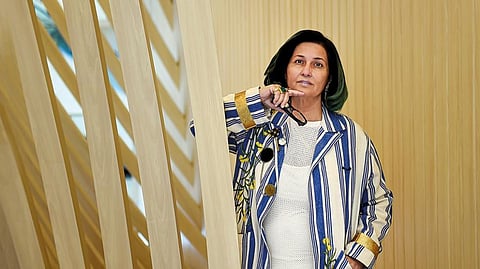Dr Reem El Mutwalli: Custodian of the Arab dress
Dr Reem El Mutwalli and her Zay Initiative are helping preserve an important facet of Emirati culture and heritage. Tessy Koshy takes a look at the Emirati Bedouin women’s dresses, a part of which is now on display at the new cultural space in Mall of the Emirates
Last updated:
7 MIN READ

Sign up for the Daily Briefing
Get the latest news and updates straight to your inbox
Up Next




